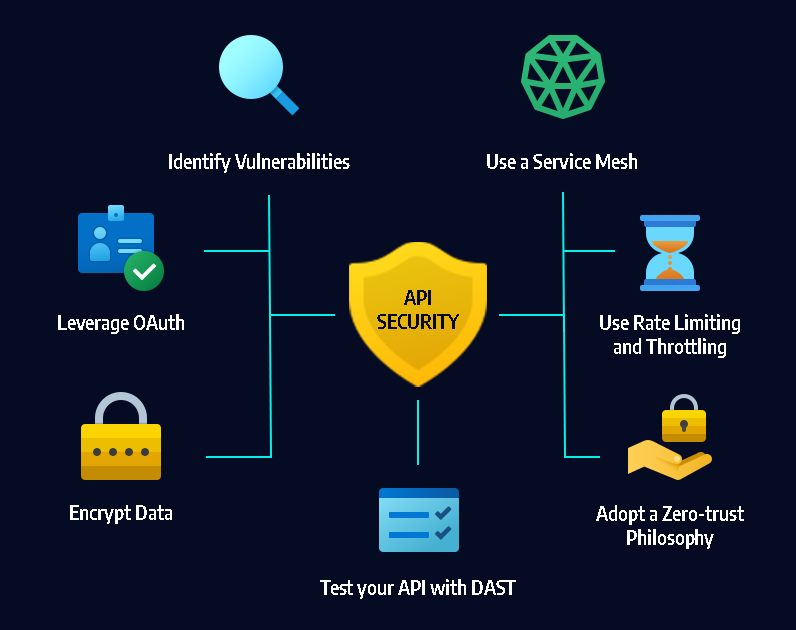
Cybersecurity incidents are becoming increasingly common, and no business is safe from the threat. From small businesses to large corporations, everyone is vulnerable to cyber attacks, and the consequences can be devastating.
A cybersecurity incident can lead to data loss, financial loss, and damage to your business's reputation. Therefore, it is crucial to have a cybersecurity incident response plan in place to protect your business from such threats.
In this blog, we will guide you through the process of developing a comprehensive cybersecurity incident response plan for your business.
Step 1: Identify Potential Threats
The first step in developing a cybersecurity incident response plan is to identify potential threats that your business might face. This includes everything from phishing attacks to ransomware, malware, and other types of cyber attacks. You should also consider internal threats, such as employee misconduct, accidental data breaches, and other similar incidents.
To identify potential threats, you should conduct a comprehensive risk assessment. This involves analyzing your business's infrastructure, systems, and processes to identify vulnerabilities and potential entry points for cyber attacks. You can also consult with cybersecurity experts to help you identify potential threats.
Step 2: Develop an Incident Response Team
Once you have identified potential threats, the next step is to develop an incident response team. This team will be responsible for managing and responding to any cybersecurity incidents that occur. The team should include members from different departments, including IT, legal, human resources, and public relations.
Each member of the team should have a clearly defined role and responsibilities in the incident response plan. For example, the IT team will be responsible for investigating the incident and mitigating the damage, while the legal team will handle any legal issues that arise from the incident.
Step 3: Develop an Incident Response Plan
The next step is to develop an incident response plan that outlines the steps to be taken in the event of a cybersecurity incident. The plan should be comprehensive and include procedures for identifying, containing, and mitigating the incident.
The incident response plan should also include guidelines for communication, both internally and externally. For example, the plan should outline how employees should communicate with each other during the incident and how the company should communicate with customers, partners, and other stakeholders.
Step 4: Test the Incident Response Plan
Once you have developed the incident response plan, the next step is to test it. This involves running simulations of different cybersecurity incidents to see how the plan works in practice.
During the simulation, you should evaluate how the incident response team handles the incident and identify any areas that need improvement. This will help you refine the incident response plan and ensure that it is effective in responding to real-world cybersecurity incidents.
Step 5: Train Employees
Finally, it is essential to train employees on the incident response plan. All employees should be aware of the plan and understand their roles and responsibilities in the event of a cybersecurity incident.
This includes training employees on how to identify potential threats, how to report incidents, and how to respond to them. By training employees, you can ensure that everyone in the company is prepared to respond to cybersecurity incidents effectively.
Conclusion
Developing a cybersecurity incident response plan is crucial for any business that wants to protect itself from cyber threats. By following the steps outlined in this blog, you can develop a comprehensive incident response plan that will help you respond quickly and effectively to any security breach.
Remember, a cybersecurity incident can happen to anyone, so it's better to be prepared. By developing an incident response plan and training your employees, you can minimize the damage caused by a cybersecurity incident and ensure that your business can recover quickly.
It's also essential to review and update your incident response plan regularly. Cyber threats are constantly evolving, and your incident response plan should evolve with them. You should conduct regular risk assessments, update your incident response team and procedures, and test your plan to ensure that it remains effective.





